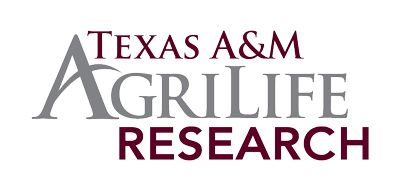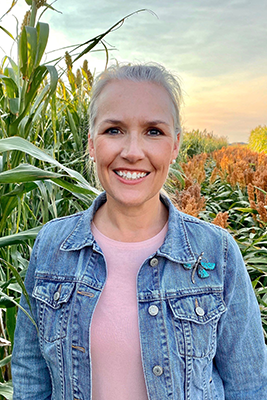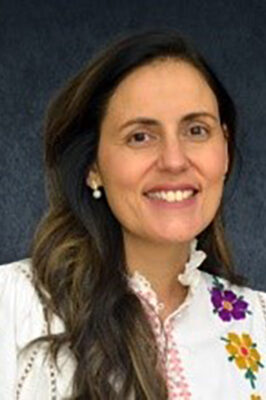Texas A&M AgriLife Research

The Texas High Plains is a large beef cattle and dairy production region, representative of the Southern Great Plains, including the Oklahoma Panhandle and western Kansas. The semi-arid landscape is well-suited for livestock production. There is negligible surface water across the region and the average depth to the water table increases from north to south, ranging from 60 to 120 meters from the land surface (approximately 200 to 400 feet). Consequently, there is a reduced likelihood of non-point source contamination from manure, making this region well-suited for confined livestock operations.
Water for agriculture (livestock and irrigation), domestic, urban and industrial uses is primarily from the Ogallala Aquifer. This is an unconfined aquifer that underlies 450,000 km2 of the western Great Plains stretching from South Dakota to Texas, but today the average saturated thickness is insufficient to meet crop water demands in many areas because of historically intensive water use.
Coupled with water limitations, the region’s large livestock industry makes manure a source of organic fertilizer logistically available. Adoption of best manure management practices coupled with cover crops could maximize soil protection while improving soil health (improving soil nutrient cycling, increasing infiltration and water storage and enhancing carbon sequestration), reducing greenhouse emissions from the field and increasing yield.
Texas A&M AgriLife Research, Amarillo, is researching improved agronomic management (nutrient source and placement, tillage, and cover crops) in a limited irrigated system to optimize forage sorghum silage yield and nutritive value while reducing point source greenhouse emissions from the soil (carbon dioxide, methane, and nitrous oxide). Tillage treatments are an advanced soil health management system (ASHMS) representing a strip-tilled, roller-crimped wheat cover crop and a commonly used field practices system with conventional tillage (chiseled and disced) and no cover crop following manure applications. The overall objectives are to evaluate how greenhouse gas emissions, soil health indicators, soil water storage and biomass production are impacted by:
- Cover crop x bare fallow: Winter-wheat cover crop compared with bare fallow period following forage sorghum silage harvest.
- Dairy manure x mineral fertilizers: Different dairy manure applications (broadcast and injected) and sources (evaporation solids and slurry), compared to conventional mineral fertilization.
- Conservation x conventional tillage: Strip-tilled, roller-crimped wheat cover crop compared to conventional chisel and disc tillage following manure applications.
Why this is important for our region
Climate change will exacerbate the current water scarcity issues and pose a significant threat to crop and livestock production systems in this water-limited environment. This represents a significant risk to the food supply because the High Plains is an important grain and livestock-producing region. This region of Texas accounts for over 65% of cattle on feed, 10% of milk production, 24% of corn, 65% of wheat and 95% of sorghum produced in the state.
The depletion of Ogallala Aquifer water resources indicates that corn silage production is not a long-term sustainable practice in this region. As an alternative, drought and high-temperature-tolerant forage species are expected to partially replace regional corn silage production.
In silage systems, small quantities of crop residues on fallow soils negatively impact soils, especially after several years of continuous forage, resulting in decreasing soil organic matter (SOM) and increasing soil erosion vulnerability. Improvements in soil health, including soil chemical and physical properties, are proven to improve soil infiltration and water-holding capacity. Integrating sorghum silage and a winter wheat cover crop can diversify the input of high-quality residues, thereby triggering improvements in the levels of SOM, the soil health indicators and increasing soil water holding capacity.















